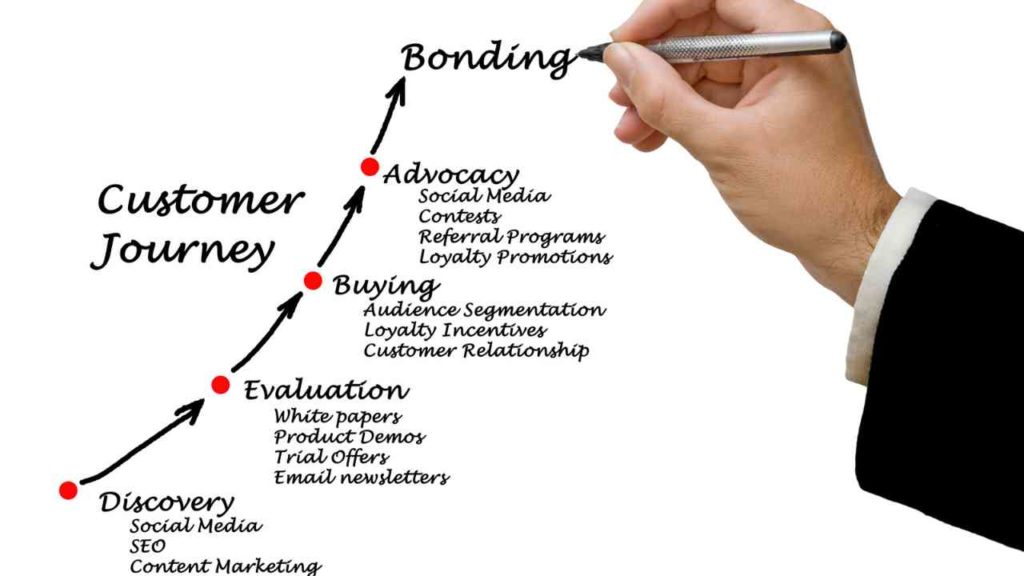In the days of yore, one could easily purchase a product and have it delivered to their doorstep with ease.
Today, things are a bit more complicated. Customers now require access to information about products in order to make an informed decision; moreover, they desire immediate access to customer service representatives so that issues can be resolved promptly.
To ensure your business remains successful and thriving, it is essential to understand how your customers interact with your brand – from the moment they first encounter it until they eventually abandon it altogether. This journey must be mapped out in detail so that appropriate actions can be taken to retain them as loyal buyers or even convert them into raving evangelists!
Once you comprehend your customer’s journey across all channels, you’ll gain invaluable insight into their motivations, needs and expectations. By using this knowledge to craft an optimal experience for each stage along the way, you can create powerful connections that will result in increased patronage – leading ultimately towards greater financial success!
Our customers’ expectations differ, but we must meet all of them. This requires a comprehensive customer journey plan.
Regardless of your ecommerce site’s layout or platform utilized, there should be an identifiable path from the initial contact with your customer over to finalizing their purchase.
To create a Customer Journey Map for successful ecommerce success, create the following components:
On the map, you will indicate the various stages that comprise each journey; evaluate current processes and identify gaps where improvements could be made; then devise strategies to enhance performance before ultimately making adjustments as necessary.
1. Optimize Your Checkout and Payment Process
Your checkout process is an essential component of your ecommerce business – it can make or break a potential sale. To ensure that it’s as efficient and intuitive as possible, it’s essential to invest time in research, planning and testing new strategies.
Customers’ expectations are constantly evolving. Customers expect value from your brand, which means that they will likely scrutinize the checkout process like never before; this necessitates quick response times and streamlined operations.
To optimize your checkout process, take these three steps:
1. Identify Your Pain Points
Are there any areas where customers currently report experiencing difficulties? Do you have any hot-button product categories or check-out buttons for which customers frequently contact support? Sometimes, seemingly insignificant issues can appear insurmountable until you uncover them!
2. Craft a Customer-Focused Checkout Experience
Ensure that any payment options available on your site are prominently displayed with clear descriptions so that customers know how to proceed with their purchase – even if they’re unfamiliar with what you provide. Make sure that you offer multiple avenues for payment (along with security measures such as encryption) to ensure that any concerns regarding transaction data remain manageable!
2. Develop Effective Retention Strategies
Just as you need to consider your customer journey in the planning stages of an online store, you also need to carefully consider your retention strategies.
Your primary goal is to cultivate a relationship with customers and keep them coming back for more. This can be accomplished by providing them with all the value they desire from their interaction with your enterprise – be it repeat business or referrals.
For starters, make sure that you offer customers more than just one point of contact and communication channel. The most reliable methods for maintaining contact with customers are email marketing, social media and phone calls–all of which have proven success rates when utilized correctly.
At its core, ecommerce is built on relationships – so why not nurture them and create opportunities for new interactions? By simply responding promptly to inquiries and offering customers additional ways to remain connected with your brand, they will feel like valued customers and experience greater levels of loyalty towards it!

